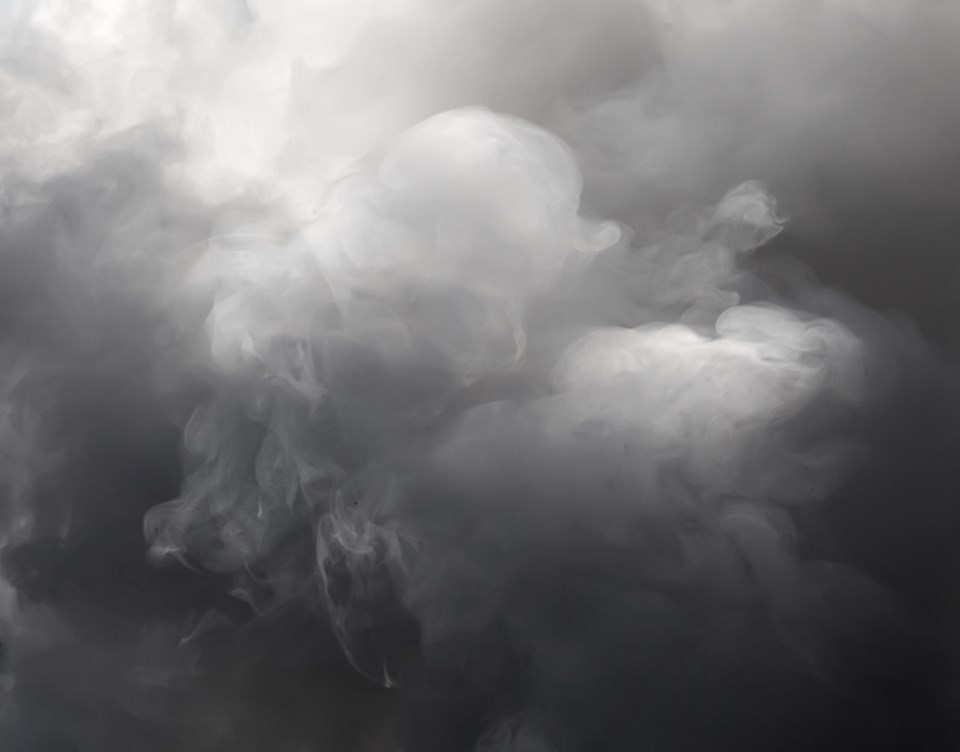Revised measures to regulate open burning will come into effect in advance of the fall burning season, the provincial government said Wednesday.
Set to be in place on September 15, they will replace a "one-size-fits-all" approach with a system of low, medium and high smoke sensitivity zones, according to details provided by the Ministry of Environment and Climate Change Strategy.
In high sensitivity zones, burn periods will be reduced to 1-2 days from 3-4 and all debris will need to be "seasoned" or dried out. For medium zones, the regulations will remain generally unchanged and for low zones, defined as large areas with low populations, they will be relaxed. The amount of slash that can be burned in those zones won’t change, but industry will have more days in which they can burn their set amount.
There will also be larger setbacks from homes, businesses, schools and hospitals. In general, they will will be 500 metres from homes and businesses and a kilometre from school and hospitals, up from 100 and 500 metres respectively.
But burning within the old standards will allowed if a set of best practices is followed. These include limiting burn time to one day, seasoning all material, burning material smaller than 50 centimetres diameter, and not burning stumps.
"People and communities deserve to have clean air," Minister of Environment and Climate Change Strategy George Heyman said in a press release. "That's why we are putting new rules in place that will lessen health impacts and allow everyone to breathe a little easier.
"We are also incentivizing the use of newer and cleaner technology with rules that give more flexibility if advanced burning technology is used to cut pollution."
On that note, reduced setbacks and permission to burn in a wider range of weather conditions will be granted to those who use an air curtain incinerator - a steel box insulated with firebricks. A blower blows a “curtain” of air over the top of the box that recirculates the smoke and reduces emissions to 5-10 per cent of those from pile burning.
The director may vary requirements for special cases, which will allow new burning technologies to be tested and evaluated.
Open burning is the largest source of fine particulate matter pollution B.C., according to the provincial government, contributing as much as transportation, wood heating and the wood-processing industry combined.
"Poor air quality can take a terrible toll on people living with respiratory and underlying health issues," provincial health officer Dr. Bonnie Henry said. "Given the difficult wildfire seasons our province has faced in recent years, initiatives like this to improve air quality are important, especially to seniors and children who are often the most at risk."
Additionally, the new regulation allows communities more flexibility to conduct controlled burning to reduce fire hazards that could make them vulnerable to larger wildfires.
Guidance documents are being finalized and will be available online in advance of the fall burning season, along with more information on the regulation.



